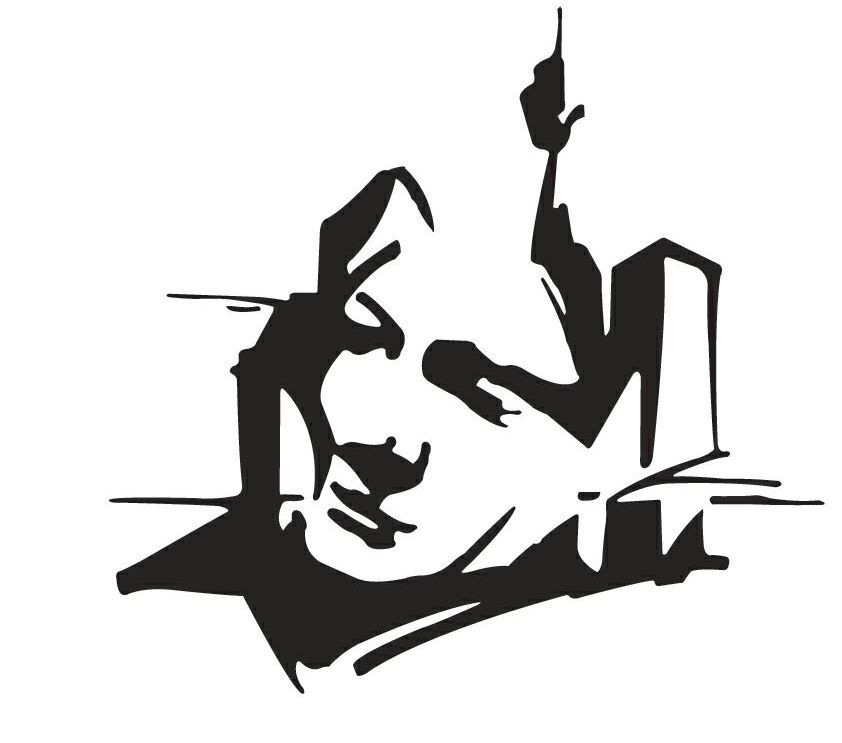 Building your core strength helps your overall stability and everyday activities, regenerating injured spines, rejuvenating old spines and helping your chiropractic adjustments be as effective as possible.
Building your core strength helps your overall stability and everyday activities, regenerating injured spines, rejuvenating old spines and helping your chiropractic adjustments be as effective as possible.
“Regular chiropractic adjustments are good for your health but to maintain improvements in the long-term, building your core strength and stability is essential,” says Chiropractor John de Voy.
Your ‘core’ consists of the muscles which stabilise the spine, pelvis and shoulder girdle, and your primary core muscles include the muscles of your stomach, mid and lower back, buttocks and thighs. Together, these help to control movement, shift body weight, transfer energy and distribute stress throughout the body, protecting the back from injury.
Core strength helps align the body towards the centre during movement, enhancing the efficiency of movement at the extremities. Over time, poor postural habits, spinal injuries and lack of movement and exercise leads to the deterioration of your stability which heightens your chances of injury and contributes to back pain. Core strength and stability develops your ‘functional fitness’, essential for daily activities.
Abdominal bracing, the main technique of core exercise training, is achieved by pulling your navel in toward your spine and lifting your pelvic floor while maintaining normal breathing. These movements recruit the transverse abdominis, a muscle of the anterior and lateral abdominal wall which is layered below the internal oblique muscle, a major core muscle.
Improving your overall power
Core muscles anatomyThe musculoskeletal system is an arrangement of levers, or joints. The support point on which a lever pivots must be stabilised by strong muscle to create the necessary force of the joint. “All movements of the body originate from the core,” says John. “The central nervous system stabilises the spine in anticipation of rapid movements in the arms, legs or head.”
Because any fast-moving muscle contractions of the limbs require a stable core, studies have shown that the rate at which core muscles stabilise the spine directly affect the power of the limb’s movements.
Reducing pain
“Weak muscles tend to be tight muscles,” says John. “Contrary to popular opinion, a strong muscle is not contracted at all times but switches on and off when needed.”
Strengthening exercises need to be combined with stretching, particularly of the quadriceps at the front of the thighs, hamstrings at the back of the thighs, the ‘glutes’ of the buttocks and the group of muscles called the ‘hip flexors’ which you engage to lift your leg in front of you. When these muscles are weak and tight, they pull on the back, exacerbating pain.
Excessive or uneven shock on the spine caused by a weak core is often exaggerated by an improper forward tilt posture, again aggravating pain. “The stronger and better aligned the core muscles are through regular chiropractic adjustments, exercise and proper posture, the more evenly strain is distributed throughout the spine,” says John.
 How core strength benefits sportspeople
How core strength benefits sportspeople
Greater core strength and stability enhances one’s sports practice by:
- Increasing the power of both core and peripheral muscles
- Improving efficiency of movement
- Improving balance and control
- Reducing the risk of injury by improving the body’s ‘shock absorbers’.
Knee pain, a common injury particularly among runners and other sports enthusiasts, is often the result of poor alignment of the knee over the foot during exercise. By strengthening the muscles of the hip and buttocks, proper alignment can be achieved, reducing stress on the joint, avoiding ‘wear and tear’ on the cartilage, and minimising pain.
During cycling, strong abdominal muscles help to transfer power from the handlebars to the pedals during uphill climbs while controlling the small adjustments necessary to maintain balance during descents.
Building core strength does not need to involve innumerable sit-ups or high-impact cardio work-outs. The most effective core strength exercises are low-impact exercises using your own body weight and gravity as resistance. Among the most popular are Pilates, Swiss, medicine and stability balls and yoga with an emphasis on the bandhas and breath control.
Ideally, start your core strength and stability exercises under the watchful guidance of a personal trainer. Move slowly and easily, focusing on correct form and breathing. Avoid the common mistake of undertaking exercises beyond your level at the expense of good form, which reinforces poor muscle substitution patterns and may contribute to injury.
“Like all exercise, better to do a little every day than a long session once a week,” says John.

 How core strength benefits sportspeople
How core strength benefits sportspeople